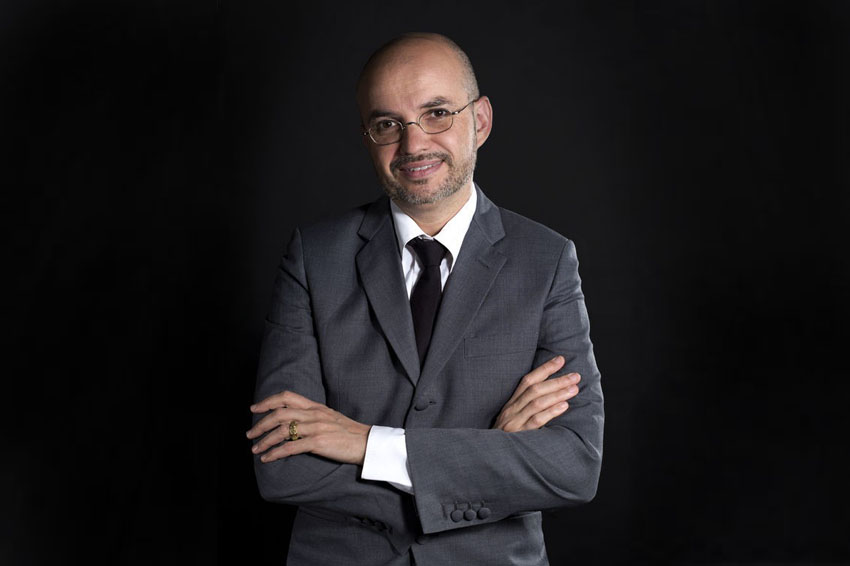
STORIES OF JEWELLERY FROM THE NORTH
Lecture Nanna Melland (NO)
19 November, Friday
18h
18h
MASK, PROTECTION AND ELEGANCE
Lecture Denis Bruna (FR)
20 November, Saturday
15h
WE WEAR CLOTHES TO BECOME HUMAN. BUT WHAT DOES IT MEAN TO BE HUMAN?
Lecture Filomena Silvano
20 November, Saturday
16h
20 November, Saturday
16h
TRIBUTE TO VALERIA VALLARTA SIEMELINK
Hes Siemelink
BIENNIAL CLOSING
Cristina Filipe
20 November, Saturday
17h30





